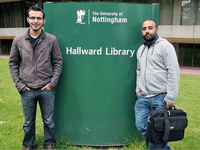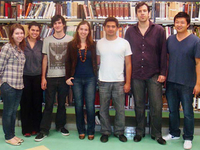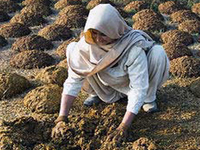National Associations are collective members of the ISA, and Research Committees are also a vital part of its internal structure, but their functions have changed considerably over time. When the ISA was founded in 1949, under the auspices of UNESCO, the United Nations model of national representation was used. Few national sociological associations existed at that time. That changed rapidly, as countries were encouraged to create them, and by 1959, 35 associations had joined. The ISA’s governing Council consisted of representatives of the member countries, and they elected the Executive Committee (EC) from among themselves. This had a Research subcommittee (RC), which decided to start work on issues of social stratification and mobility. By the late 1950s, however, this had proliferated research into other fields, such as the family, by what were notionally its sub-committees. Each remained, however, a small working group, recruited by invitation, with no more than two members from the same country.
Over time RCs came to be seen as more actively internationalist, and therefore meriting a more salient role. In 1970, important constitutional changes both opened up the RCs and introduced individual membership, while EC members were no longer drawn only from the governing Council. The Research Council was created, and elected four EC members to join the 11 national representatives. The more open RCs became much larger and some members were no longer currently active in research in their field, so joint RC research became less practical. Gradually the RCs became more salient in governance, and in 1994 the present structure was introduced, where RCs and National Associations each meet as a Council and vote for half of the rank and file EC members.
The RCs elected the Vice-President for Research, but this left some national representatives dissatisfied with their limited role. In 2002 it was agreed to establish a Vice-President for National Associations, and Sujata Patel was elected as the first holder of the post. This has made the national associations active once more. The two Vice-Presidents have developed a pattern of organizing a conference alongside the required meeting of their Council between World Congresses. This both allows for more effective and wider participation in ISA affairs, and also associates the structure of governance with patterns of intellectual life. The collective publications that have appeared in recent years display the new intellectual energy of this bipartite structure.
Jennifer Platt, ISA Vice-President for Publications














